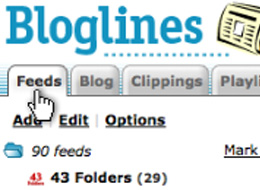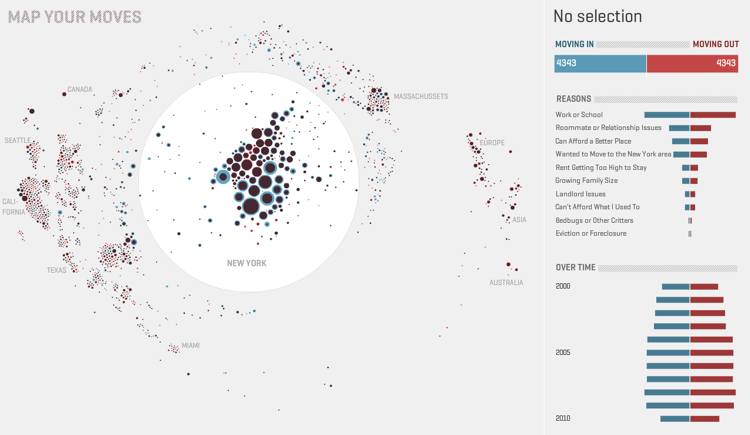Hard Knocks - A Recruiting Tool?
A senior leader of your organization joking around with the administrative staff, an exchange highlighted by the staff mercilessly riding the leader over his weight.
A leadership meeting with the company owner and several high-ranking executives discussing (ad nauseum), how to deal with a high performing employee that has refused to come to work in a dispute over compensation.
An employee openly sharing, really oversharing, significant personal information including the fact that he is really not too sure how many children he has, and what their names are.
These scenes, and more, were all a part of the HBO Series 'Hard Knocks:Training Camp with the New York Jets', the latest installment of a long-running documentary series that gives football fans a look at the internal, behind the scenes, and normally hidden from view world of a professional football training camp.
What would compel a team to be willing to participate in such a project, and to possibly be exposed and potentially embarrassed by such a public airing of their normally private, and often highly secretive preparations for the upcoming season?
Is it for the team's fans?
The show provides really interesting, and compelling entertainment if you are a supporter of the Jets, or even a fan of professional sports in general. It is a way to kind of 'give back' to the fans, by sharing so openly at least some of the inner workings of the organization and its leaders, staff, and players.
The show does give fans a glimpse into the plans and strategies that the team hopes to employ, a view of the leadership and motivational methods of the coaching staff, and how ownership and executives evaluate talent, and make hiring and firing decisions.
Is it for the publicity?
Maybe. But realistically in the US, everyone knows about the National Football League. The start of the season is incredibly anticipated, and the season ending Super Bowl game is perennially the top rated television broadcast of the year, and is a de-facto national holiday. Truly, the world doesn't really need another show about football.
Is it for recruiting?
Bingo.
Jets Head Coach Rex Ryan described the show as a 'recruiting tool'. The idea being that by participating in the show, and making visible all this behind the scenes information and making open, and really transparent coaching tactics, leadership styles, and the attitude of ownership towards staff and players, that potential new recruits to the organization will have a much, much better of how the team operates, what the coaches and players are like, and will be able to make a significantly better informed decision about their ability and willingness to 'fit in'.
Making a mistake in the hiring process is expensive for any organization. For NFL teams it can be a million dollar mistake. Making a few potentially embarrassing documentary shows could be a small price to pay to avoid paying a bigger price down the line when some high-priced new talent doesn't pan out.
How far would you be willing to go, how honest and open are you willing to be to communicate what it is really like to work at your company, to be a member of the team, and what it takes to 'fit in' in your shop?
This far?

 Steve
Steve



